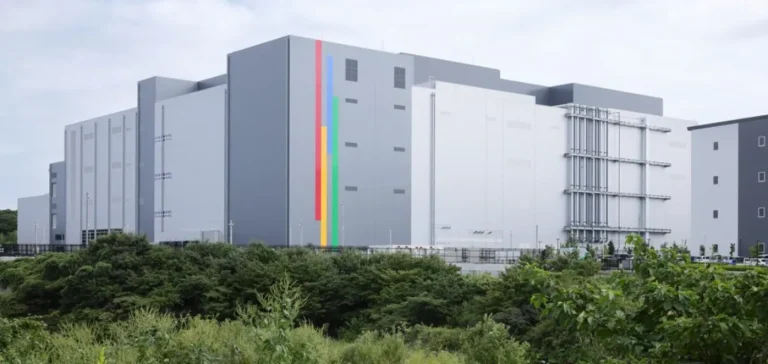Data centres in Japan are expected to consume the equivalent of the electricity used by 15 to 18 million households by 2034, accounting for 60% of total national power demand growth, according to analysis published by Wood Mackenzie on August 26. This projection is based on an estimated JPY4tn ($28bn) in investments by hyperscalers such as Oracle, Google and Microsoft, recently appointed as official cloud providers by the Japanese government.
Tripled consumption and growing share of peak load
Electricity consumption from data centres in Japan is projected to rise from 19 TWh in 2024 to between 57 TWh and 66 TWh by 2034. Over the same period, peak demand is expected to reach 6.6 to 7.7 GW, or approximately 4% of the country’s peak load, compared to around 1.3% in 2024. Despite this growth, the share of data centres in Japan’s peak demand would remain lower than in the United States, where it could reach 15% by 2034.
“Investment growth remains steady, but the share of demand is still relatively low compared to international benchmarks,” said Naomi Oshita, research associate for Asia Pacific at Wood Mackenzie.
Infrastructure bottlenecks and delays through 2029
Rising demand clashes with infrastructure development timelines. While technology firms aim for deployment in under five years, combined-cycle gas turbine projects require seven to ten years to complete. This mismatch is pushing the commissioning of major data centre and semiconductor foundry projects to 2029.
The Tokyo and Kansai metropolitan regions are expected to absorb most of the demand, as operators prioritise access to consumption hubs and network latency. According to Wood Mackenzie, data centres will account for about 7% of the power load in these regions by 2030. Reserve margins above 15% should, however, prevent immediate shortages.
Energy mix dominated by fossil fuels
Most data centre electricity supply will continue to come from coal and gas, which will represent more than 40% of installed capacity in the target regions by 2034. This reliance complicates climate goals pursued by digital players while reinforcing their influence on Japan’s energy demand.
“The decarbonisation challenge is particularly acute given the scale of growth expected,” said Oshita. With renewables limited to 17% of the energy mix by 2030, Japan will need to accelerate nuclear restarts and renewable deployment to reconcile climate targets with supply continuity.
A shifting power system model
The scale of expected consumption will structurally alter Japan’s power demand profile over the next decade. Data centres will become a central factor in electricity sector investment planning.
“The question is not whether Japan will reach US levels, but how fast its power system can keep up,” Oshita concluded. “Utilities must adapt their model even as the transformation is already underway.”






















